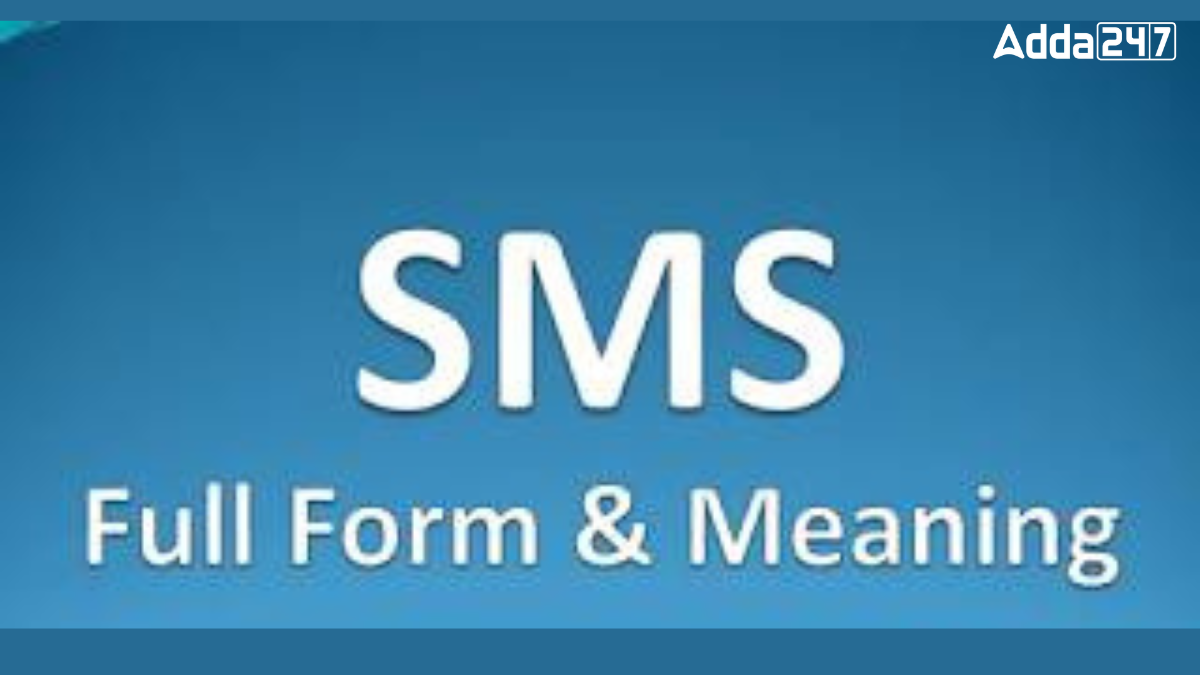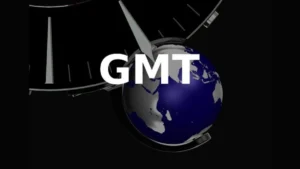SMS, or Short Message Service, is a popular way of sending text messages between mobile phones. This service works without the need for an internet connection and is supported by all major mobile networks worldwide. In this article, we’ll explain what SMS is, its history, how it works, and its advantages and disadvantages.
What is SMS?
SMS is a system that allows the exchange of short text messages between mobile devices. It is one of the most common ways to send messages today. You can send an SMS using a smartphone, other mobile phones, or even a computer. Each SMS message can be up to 160 characters long. SMS works on different mobile network types like GSM, CDMA, and TDMA.
History of SMS
SMS started in the early 1980s. It was part of a project to add data services to mobile systems. In December 1982, a plan was approved to allow mobile phones to send and receive messages. The idea of SMS was developed in 1984 by two engineers, Friedhelm Hillebrand and Bernard Ghillebaert. They decided that text messages should be 160 characters long. This limit was set because it fit well with the phone system’s capacity.
How SMS Works?
When a sender sends a message to the receiver the message follows these steps:
- Encoding: The text is converted into a 7-bit character format.
- Transmission: Sender’s mobile sends the message to a nearby cell tower.
- SMS Center: The cell tower forwards the message to an SMS center.
- Forwarding: The SMS center sends the message to the receiver’s nearby tower.
- Reception: Receiver’s phone receives the message.
- Decoding: The phone converts the message back into readable text for receiver.
Advantages of SMS
SMS is widely used for several reasons. Here are some of its benefits:
- Reliability: SMS is a very reliable way to send important information. It ensures delivery even if the recipient is not immediately available.
- No Internet Required: You don’t need an internet connection to send or receive SMS.
- Discreet Communication: It is a private way of sending messages compared to phone calls.
- Automatic Storage: SMS conversations are automatically saved in your phone until you delete them.
- No App Needed: SMS comes pre-installed on all mobile phones, so there’s no need to download an app.
Disadvantages of SMS
While SMS is convenient, it has a few limitations:
- Character Limit: Each SMS is limited to 160 characters, so you can’t send long messages in one go.
- Cost: Sending SMS messages usually costs money, unlike some internet-based messaging apps.
- No Recall: Once an SMS is sent, you cannot unsend or delete it from the recipient’s phone.
Cellular Technologies that Support SMS
SMS can be sent and received using different mobile technologies. Let’s look at how each generation of mobile technology supports SMS.
2G Technology
2G, or second-generation, was the first network to introduce SMS. It is still used in many rural areas for basic messaging and voice calls.
Key Points of 2G:
- Internet Speed: Up to 64 Kbps
- Supports SMS and MMS (multimedia messages)
- Bandwidth: 200 kHz
3G Technology
3G, or third-generation, improved on 2G by offering faster internet speeds and the ability to send longer messages.
Key Points of 3G:
- Internet Speed: Up to 2 Mbps
- Supports sending long messages
- High bandwidth usage
4G Technology
4G offers much faster internet speeds and a better user experience, both in urban and rural areas.
Key Points of 4G:
- Internet Speed: More than 20 Mbps
- Supports services like video streaming and multimedia messaging
- Low latency (faster network)
5G Technology
5G is the latest generation, offering extremely fast internet speeds and the ability to support advanced technologies like AI and IoT.
Key Points of 5G:
- Very high internet speeds
- Supports AI and IoT-based technologies
- High bandwidth for faster, high-quality video streaming



 What is the Full Form of DRI?
What is the Full Form of DRI?
 GMT Full Form: Know Its Meaning, Formati...
GMT Full Form: Know Its Meaning, Formati...
 DNA Full Form: Know Its Meaning, Structu...
DNA Full Form: Know Its Meaning, Structu...







